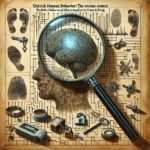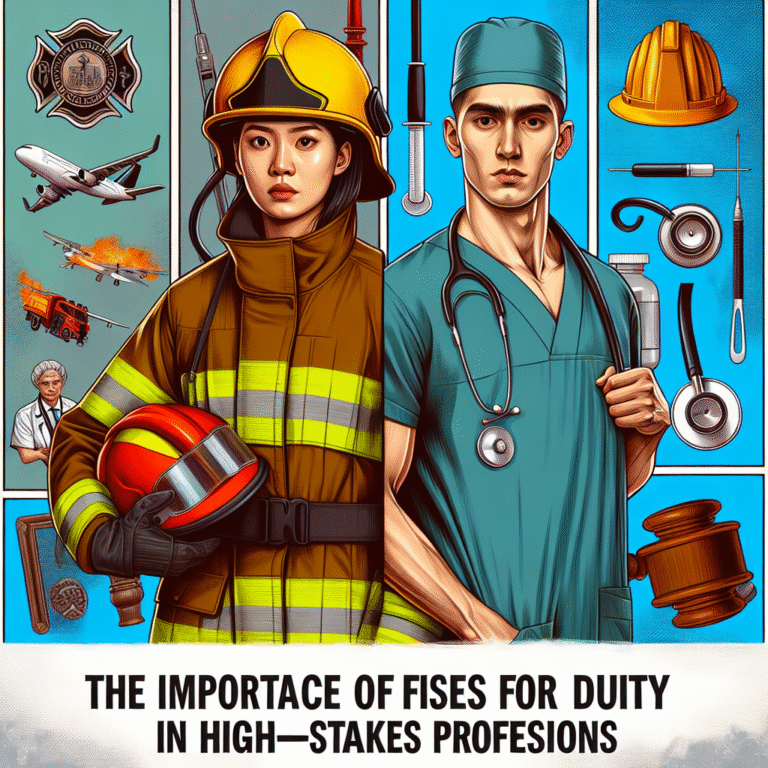
Introduction: The Urgency of Understanding Aggression
Aggression is an unavoidable facet of human interaction, manifesting itself in myriad ways—from subtle irritability to overt violence. As societies grapple with rising aggression in various settings—schools, workplaces, and homes—the need for effective assessment strategies has never been more critical. Understanding aggression not only aids in personal resolution but also fosters healthier environments, hence the focus on "From Behavior to Insight: Navigating Aggression Assessment Strategies." This exploration aims to equip you with practical tools and insights for assessing aggression thoughtfully and effectively.
Understanding Aggression: Definitions and Context
What is Aggression?
Aggression is broadly characterized as any behavior intended to harm another individual, either physically or emotionally. It encompasses a diverse range of behaviors and encompasses different motivations—including frustration, anger, and even fear. Understanding its complexities is the first step in navigating assessment strategies effectively.
Types of Aggression
- Physical Aggression: Directly harming someone (e.g., hitting, pushing).
- Verbal Aggression: Arguing, shouting, or making hurtful remarks.
- Relational Aggression: Damaging relationships through gossip or exclusion.
In grasping these different forms, we can begin to navigate the nuanced strategies of aggression assessment.
The Importance of Assessment
Why Assess Aggression?
Aggression assessment is pivotal for numerous reasons:
- Identifying Triggers: Understanding the root cause can prevent escalation.
- Tailored Interventions: Strategies can be personalized for effective resolution.
- Enhancing Communication: Open lines for dialogue can reduce future occurrences.
The Role of Insight
Transitioning from merely observing behavior to uncovering insights is vital. Engaging with aggression through the lens of "From Behavior to Insight: Navigating Aggression Assessment Strategies" not only decodes the actions but also unravels emotions and motivations behind them.
Assessing Aggression: A Methodological Approach
Observation Techniques
Firstly, direct observation is one of the most effective methods for assessing aggression. This involves:
- Identifying Contexts: Situations where aggression frequently arises (e.g., stressful environments).
- Behavioral Indicators: Keeping track of physical cues (clenched fists, red faces) and verbal cues (raised voices, harsh language).
Case Study: School Environment
In a study conducted in a large middle school, teachers were trained to observe aggressive behaviors and document their patterns. As a result, they noticed increased aggression during lunch breaks when students navigated social hierarchies. This observation led to structured activities during recess that significantly reduced incidents of aggression.
Relevance: This case highlights the necessity of observation in recognizing aggression triggers. Assent to behavioral patterns facilitates appropriate interventions.
Questionnaires and Self-Reports
While observations provide direct data, self-reports can capture internal experiences. Incorporating standardized questionnaires can further illustrate patterns of aggression.
Key Metrics:
- Frequency of aggressive incidents.
- Self-perceived triggers for aggressive responses.
Psychometric Tools
Incorporating psychometric assessments can provide a more nuanced perspective on individual aggression. Tools like the Buss-Perry Aggression Questionnaire can map aggression types and intensities.
Data Interpretation
Once data is gathered, the next step is interpretation. A comprehensive approach can utilize tables and charts to compare aggression types and environments effectively.
Example Table: Aggression Types and Self-Reported Triggers
| Type of Aggression | % of Respondents | Common Triggers |
|---|---|---|
| Physical | 25% | Competition, Frustration |
| Verbal | 30% | Stress, Miscommunication |
| Relational | 45% | Jealousy, Exclusion |
Case Studies: Real-World Applications
Corporate Environment
In a corporate setting, a large consultancy identified rising aggression levels among employees during high-stress projects.
Solution Implementation
They conducted a comprehensive assessment using mixed methods:
- Direct observations during team meetings.
- Employee feedback through anonymous surveys.
Outcome
By analyzing data collected, they established workshops on conflict resolution and stress management, leading to a remarkable 40% decrease in reported aggressive incidents over six months.
Relevance: This illustrates environmental factors influencing aggression and emphasizes the importance of adapting assessment strategies in various contexts.
Strategies for Effective Intervention
From Insight to Action
Once you’ve assessed aggression and gathered valuable insights, the next step is to implement effective strategies.
Conflict Resolution Training
Equipping individuals with conflict resolution skills can dramatically change how aggression manifests. Role-playing scenarios can be particularly useful.
Open-Door Policies
Encouraging open dialogue fosters a more supportive culture where individuals feel safe expressing their concerns before they escalate into aggression.
Conclusion: The Journey from Behavior to Insight
In summary, understanding aggression through the lens of "From Behavior to Insight: Navigating Aggression Assessment Strategies" is crucial. By systematically assessing aggression and incorporating practical, data-driven strategies, we can cultivate environments where aggression is minimized, and insights are maximized. The journey from recognizing behavior to deriving actionable insights is not only essential for personal development but also for our collective well-being.
FAQs: Addressing Common Concerns
1. What are the signs of aggression?
Signs include physical behaviors (e.g., clenched fists), verbal outbursts, and non-verbal cues such as eye rolling.
2. How can aggression be reduced in schools?
Implementing structured playtime and conflict resolution training can significantly reduce aggression.
3. What tools are best for assessing aggression?
Mixing observational techniques, self-reports, and psychometric tools will yield comprehensive insights.
4. Is aggression always harmful?
Not necessarily; aggression can also serve as a signal for necessary change, provided it is navigated constructively.
5. Can aggression be managed in adults?
Absolutely; targeted interventions, open communications, and support systems can help manage and reduce adult aggression.
In navigating the complexities of aggression, proactive measures and informed insights pave the way for healthier interactions, ultimately leading to stronger, more resilient communities.















